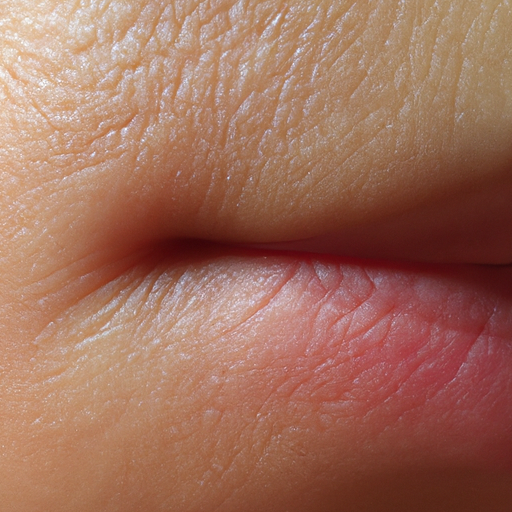Oily skin can be a challenge to manage. It often leads to frequent breakouts, enlarged pores, and a shiny complexion that many find unappealing. However, with the right strategies, you can effectively combat oily skin and achieve a balanced, healthy glow. Here are six proven strategies to help you banish the shine and take control of your skin’s oil production.
1. Choose the Right Cleanser: The first step in controlling oily skin is using a cleanser specifically designed for this skin type. Look for products that contain salicylic acid, glycolic acid, or benzoyl peroxide. These ingredients help to break down excess oil without stripping your skin of its natural moisture. Avoid using harsh soaps or detergents as they can over-dry your skin, causing it to produce even more oil to compensate.
2. Exfoliate Regularly: Exfoliation is crucial for oily skin as it helps remove dead skin cells that can clog pores and lead to breakouts. However, it’s important not to overdo it. Over-exfoliation can irritate your skin and stimulate more oil production. Aim to exfoliate 1-2 times per week with a gentle, oil-free scrub.
3. Use Oil-Free Moisturizers: It may seem counterintuitive to moisturize oily skin, but it’s an essential step in balancing your skin’s oil production. When your skin is dehydrated, it compensates by producing more oil. Therefore, even oily skin needs hydration. Look for oil-free or non-comedogenic moisturizers that won’t clog your pores.
4. Incorporate a Toner: Using a toner can help remove any residual oil or dirt left behind after cleansing. Look for toners that contain witch hazel or tea tree oil, both of which are known for their oil-controlling properties. Avoid toners with alcohol as they can over-dry and irritate your skin.
5. Use Blotting Papers: Blotting papers are a great tool for managing oil throughout the day. They soak up excess oil on the skin’s surface without disrupting your makeup or over-drying your skin. Simply press the paper against your skin and then remove it. The paper will absorb the oil, leaving your skin looking matte.
6. Maintain a Healthy Diet: Your diet can significantly impact your skin’s oil production. Foods high in sugars and fats can stimulate oil production, leading to a shinier complexion. Try to incorporate more fruits, vegetables, and lean proteins into your diet. Additionally, staying hydrated by drinking plenty of water can help keep your skin balanced and healthy.
In conclusion, managing oily skin requires a combination of the right skincare products, regular exfoliation, proper hydration, and a balanced diet. While it may take some trial and error to find what works best for you, these strategies can help you control your skin’s oil production and achieve a healthier, less shiny complexion. Remember, everyone’s skin is different, so it’s important to listen to your skin and adjust your routine as needed. If you continue to struggle with oily skin despite your best efforts, consider consulting with a dermatologist for personalized advice.



